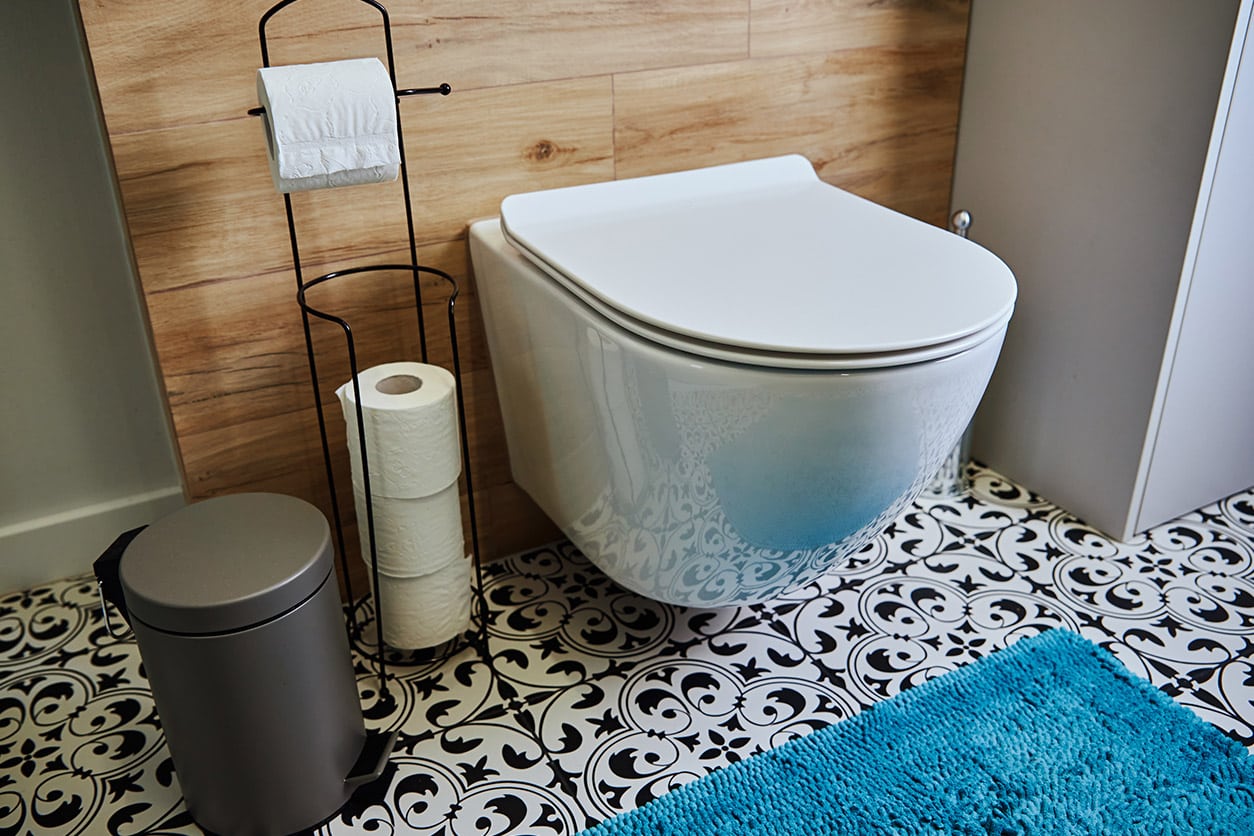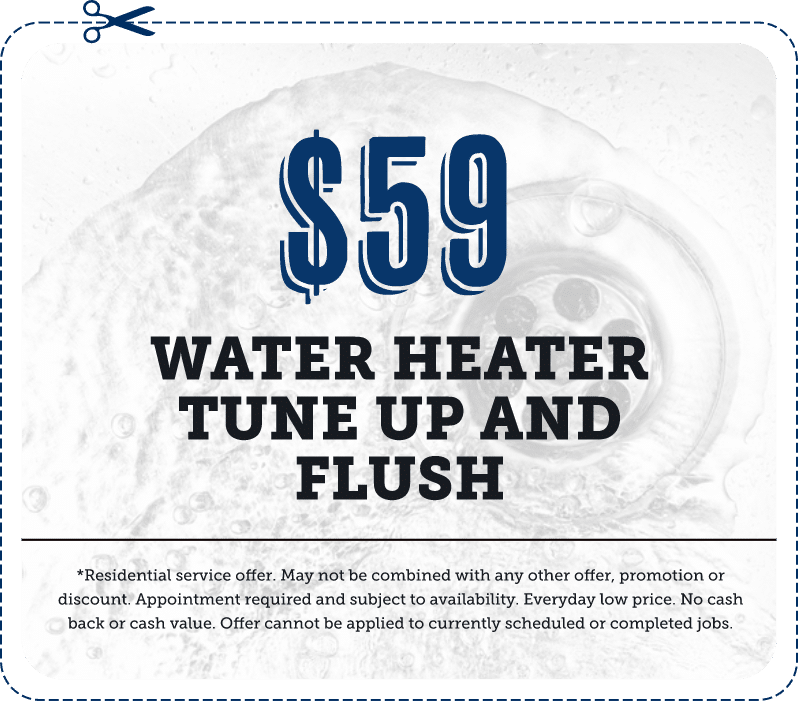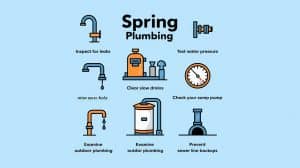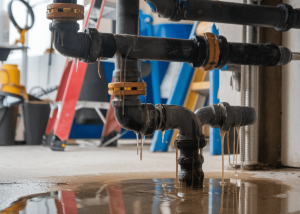Toilet installation and repair might seem like a tricky job, but with the right steps and tools, it can be a straightforward process.
Whether you’ve recently moved into a San Diego home or are just looking to upgrade your bathroom fixtures, knowing how to properly install and maintain a toilet is key. In this guide, we’ll break down the process of toilet installation and repair and help you decide when it’s best to call in a professional plumber.
Why Does Toilet Installation and Repair Matter in San Diego?
Toilet efficiency isn’t just about comfort—it’s about saving money and conserving resources. In San Diego, water conservation is an important issue. Choosing an efficient toilet can help you significantly cut back on water usage and reduce your water bill.
Many homes in San Diego are older, which often means outdated plumbing. If you’re replacing a toilet in one of these homes, you may also need to take into consideration any potential plumbing upgrades. Installing the wrong kind of toilet, or not installing it properly, can lead to leaks or other costly problems down the line.
How Should You Go About Toilet Installation?
Here’s how you can go about installing a new toilet:
1. Choose the Right Toilet
Before diving into the installation, it’s crucial to choose the right toilet. While you might not think there’s much to it, a few considerations will make a big difference. If you’re concerned about water conservation (and let’s be honest, everyone should be), look for toilets that are EPA WaterSense-certified. These use about 20% less water than standard toilets, which adds up over time. You’ll also want to pick a toilet that fits your space.
Think about height and bowl shape. Do you want something with a taller seat for more comfort? Do you prefer a round or elongated bowl? These small details can have a big impact on your daily comfort.
2. Gather Your Tools
Once you’ve picked your perfect toilet, it’s time to gather the tools needed for installation. Don’t skip this step; having everything on hand makes the job much smoother.
Here’s what you’ll need:
- Adjustable wrench
- Toilet flange
- Wax ring (or a rubber gasket for modern setups)
- Level
- Water supply line
- Screws and washers
- Teflon tape
3. Remove the Old Toilet
If you’re replacing an old toilet, it’s time to bid it farewell. Start by cutting off the water supply valve behind the toilet. Flush the toilet to empty the tank, and then use a sponge or towel to remove any water left in the bowl.
Next, disconnect the water supply line and unscrew the nuts that secure the toilet to the floor. Once the old toilet is free, check the flange (the part that connects the toilet to the drainpipe) for any signs of wear or damage. This part is important—if it’s damaged, you’ll need to replace it before installing the new toilet to prevent leaks.
4. Prepare the Area
Before you start with the new toilet installation, clean the area around the drain opening. Any debris or remnants of the old wax ring need to be removed. This is a crucial step, as any leftover mess can interfere with the new installation.
Once the area is prepped, position your new wax ring (or rubber gasket) on the flange. This creates a solid seal between the toilet and the drainpipe, helping prevent leaks.
5. Install the New Toilet
Now for the main event—installing your new toilet. Carefully lower the toilet bowl onto the flange, making sure to align the bolt holes with the flange bolts. Once it’s in place, press down firmly to seal the wax ring.
Secure the toilet by tightening the nuts onto the bolts, but be careful not to overtighten them, as this can crack the porcelain (and nobody wants to crack their brand-new toilet).
Use your level to ensure the toilet is sitting evenly. The toilet must be properly balanced—uneven toilets can rock or leak over time.
6. Reconnect the Water Supply
Attach the water supply line to the toilet’s tank and the shut-off valve. Turn the water back on so that the tank can fill up. Check for leaks around the base of the toilet and the water supply line. Tighten any loose connections if needed.
Once you’ve done all this, flush the toilet a few times to make sure everything is working smoothly. If everything looks and feels right, congratulations—you’ve installed your toilet!
What Are Some Common Toilet Problems and How Can You Fix Them?
Even with a brand-new toilet, issues can arise. Here are some common problems that homeowners might face and how to tackle them:
1. Leaking Toilets
Leaks are one of the most common issues and can result in wasted water and higher bills. Causes often include a worn flapper, loose water supply connections, or a cracked wax ring.
For a flapper leak, turn off the water supply and replace the flapper. If it’s the wax ring causing problems, you’ll need to remove the toilet, replace the ring, and reseal it. If the toilet continues to leak, you might have a crack in the toilet itself, which may require a replacement.
2. Constantly Running Toilets
A constantly running toilet can waste a ton of water and get pretty annoying. This is usually caused by a faulty flapper, fill valve or flush valve. Start by inspecting the flapper and replacing it if it isn’t sealing properly.
You can also adjust the fill valve to maintain the right water level or check the flush valve for any misalignments. If the problem persists, it could be time to call a plumber.
3. Clogged Toilets
Clogs happen to the best of us, and they’re usually caused by non-flushable items like wipes or paper towels. Most clogs can be cleared with a plunger, but for more stubborn blockages, a plumbing snake might be needed.
If your toilet clogs frequently, it could indicate a more significant issue within your plumbing system, and you may need to bring in a professional to investigate.
4. Weak Flush
A weak flush can be frustrating and is often caused by low water pressure, a clogged rim jet, or fill valve issues. Start by checking the water level in the tank and adjusting the fill valve if needed.
Mineral buildup in the rim jets can also cause weak flushing, so give them a good cleaning with a brush. If you’re still dealing with a weak flush, it could be a sign of a blockage in your drainpipe.
Frequently Asked Questions
Below are some commonly asked questions to consider:
1. How often should I replace my toilet?
Toilets typically last around 10-15 years, but if it’s showing signs of inefficiency (like frequent clogs or running), or have visible cracks, it might be time for a replacement.
2. What type of maintenance do toilets require?
Regularly clean the toilet, check the flapper and fill valve every few months, and monitor for leaks. It’s also helpful to keep an eye on water levels in the tank.
3. Can hard water affect my toilet’s performance?
Yes, hard water can cause mineral deposits in the tank and bowl, which may affect flushing power and water flow. Cleaning the toilet with a descaling solution can help.
Call a professional plumber for toilet installation and repair
While toilet installation and repair can be handled on your own, there are certain times when it’s best to call in a professional plumber. If you encounter persistent leaks, frequent clogs, or significant water damage around your toilet, it’s time to seek help.
Additionally, if your toilet is installed on an old plumbing system, it’s always smart to have a plumber inspect it before making any changes. Get in touch with Voyager Plumbing; we provide reliable bathroom plumbing services in San Diego today!







